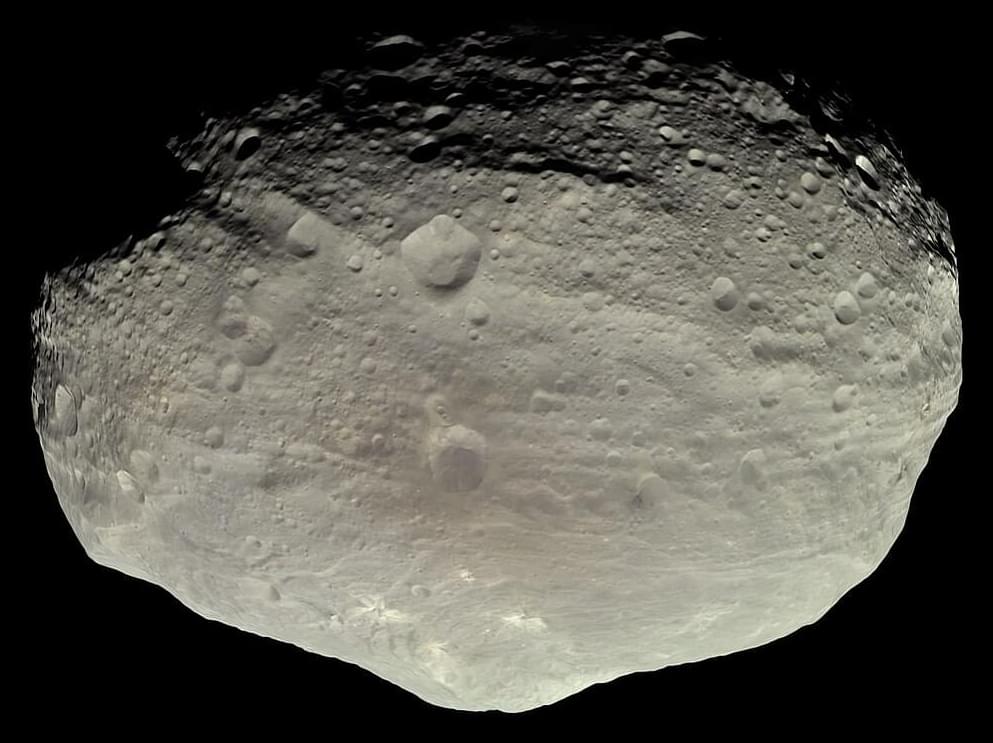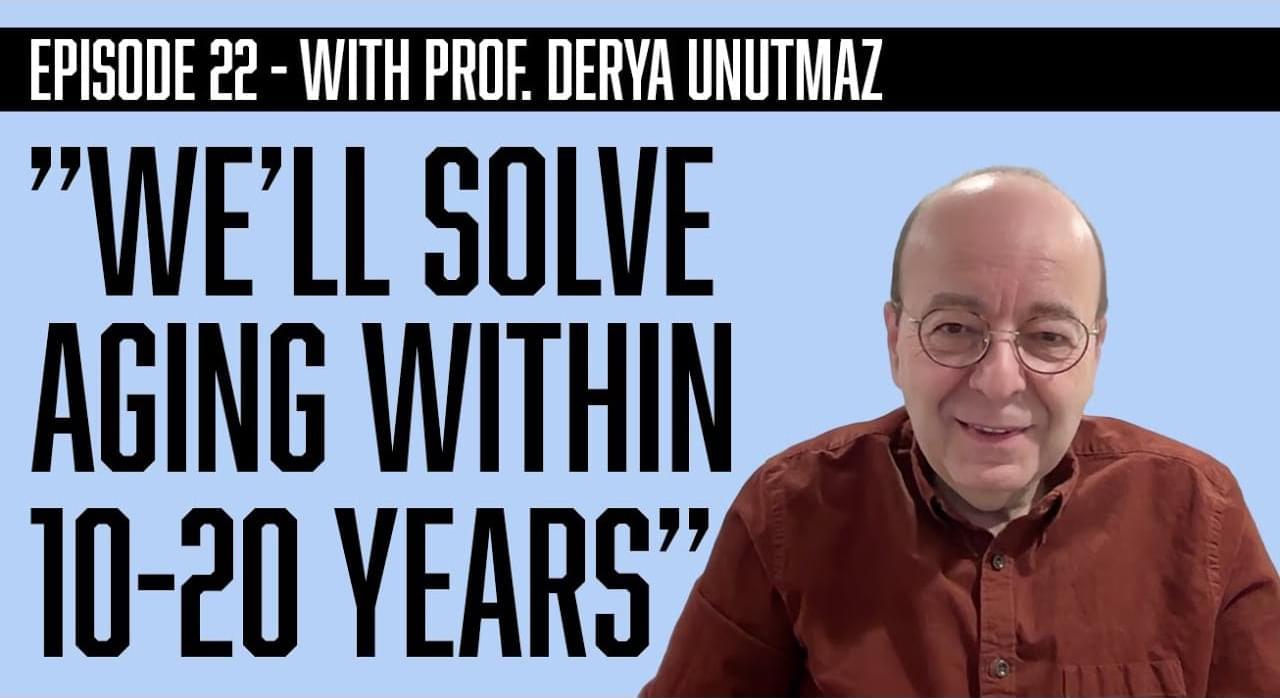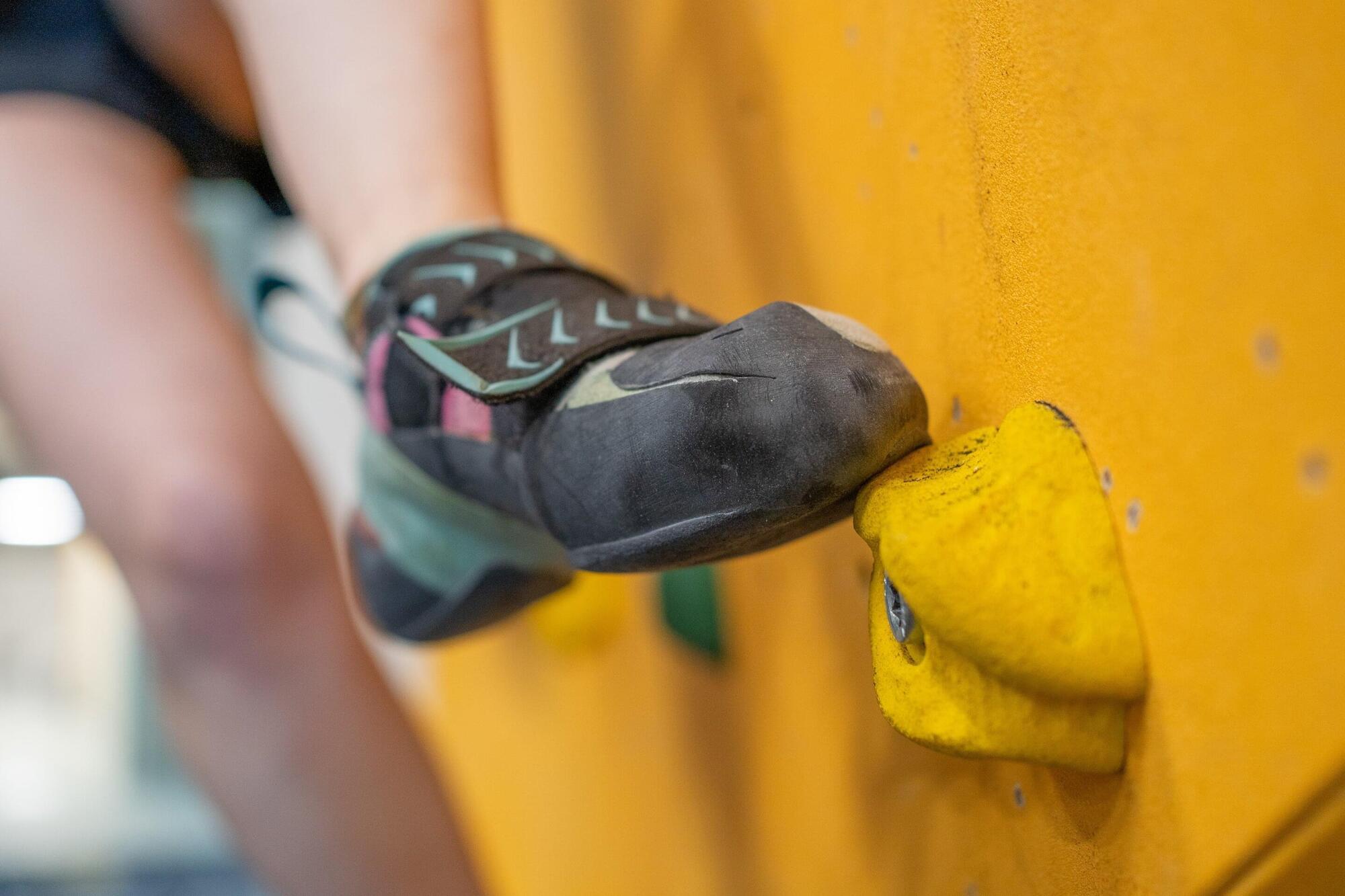Asteroid Vesta is currently the second largest asteroid in the solar system, having been studied in-depth by NASA’s Dawn spacecraft between July 2011 | Space
Leading health experts have warned that the US is staring down the barrel of another pandemic as bird flu spirals out of control on US farms.
So far, the H5N1 outbreak has affected nearly 1,000 dairy cow herds and resulted in more than 70 human cases, including the first confirmed death.
The US poultry industry is at significant risk, say experts from the Global Virus Network (GVN), particularly in areas with high-density farming and where personal protective practices may be lacking.
Lately, there’s been growing pushback against the idea that AI will transform geroscience in the short term.
When Nobel laureate Demis Hassabis told 60 Minutes that AI could help cure every disease within 5–10 years, many in the longevity and biotech communities scoffed. Leading aging biologists called it wishful thinking — or outright fantasy.
They argue that we still lack crucial biological data to train AI models, and that experiments and clinical trials move too slowly to change the timeline.
Our guest in this episode, Professor Derya Unutmaz, knows these objections well. But he’s firmly on Team Hassabis.
In fact, Unutmaz goes even further. He says we won’t just cure diseases — we’ll solve aging itself within the next 20 years.
And best of all, he offers a surprisingly detailed, concrete explanation of how it will happen:
building virtual cells, modeling entire biological systems in silico, and dramatically accelerating drug discovery — powered by next-generation AI reasoning engines.
🧬 In this wide-ranging conversation, we also cover:
✅ Why biological complexity is no longer an unsolvable barrier.
✅ How digital twins could revolutionize diagnosis and treatment.
✅ Why clinical trials as we know them may soon collapse.
✅ The accelerating timeline toward longevity escape velocity.
✅ How reasoning AIs (like GPT-4o, o1, DeepSeek) are changing scientific research.
✅ Whether AI creativity challenges the idea that only biological minds can create.
✅ Why AI will force a new culture of leisure, curiosity, and human flourishing.
✅ The existential stress that will come as AI outperforms human expertise.
✅ Why “Don’t die” is no longer a joke — it’s real advice.
🎙️ Hosted — as always — by Peter Ottsjö (tech journalist and author of Evigt Ung) and Dr. Patrick Linden (philosopher and author of The Case Against Death).
Leading University of Portsmouth physicist’s study indicates that gravity or gravitational force is the result of a computational process within the universe.
Better technologies to stably monitor cell populations over long periods of time make it possible to study neural coding and dynamics in the human brain.
If we were living in a computer simulation, would we be able to tell we were living in a computer simulation? It’s a question that’s difficult to answer, but physicist Melvin Vopson of the University of Portsmouth in the UK believes that he may have found a clue.
According to his latest study, gravity could be a product of computational processes within the Universe, a by-product of the Universe’s attempt to keep information and matter neatly organized in space and time.
“My findings in this study fit with the thought that the Universe might work like a giant computer, or our reality is a simulated construct,” Vopson says.
What if the universe didn’t begin with a Big Bang? A groundbreaking new theory suggests it evolved through a series of rapid, unseen bursts of energy.
New semiconductor devices could supplement solar cells by making electricity when the Sun isn’t shining.
Those who climb indoors are doing something for their health. But climbing shoes contain chemicals of concern that can enter the lungs of climbers through the abrasion of the soles.
In a recent study, researchers from the University of Vienna and EPFL Lausanne have shown for the first time that high concentrations of potentially harmful chemicals from climbing shoe soles can be found in the air of bouldering gyms. In some cases they are higher than on a busy street. The results have been published in the journal ACS ES&T Air.
A climbing hall is filled with a variety of smells: sweat, chalk dust and a hint of rubber. A research group led by environmental scientist Thilo Hofmann at the University of Vienna has now discovered that rubber abrasion from climbing shoes can enter the lungs of athletes. The shoes contain rubber compounds similar to those used in car tires—including additives suspected of being harmful to humans and the environment.








